Let’s Take a Tokyo Fashion Break
March 10, 2013
Tokyo is a very special example of a Traditional City environment, because it is has so many fantastic neighborhoods, and also because it is very contemporary. It is not an “antique European village” sort of thing. Plus, people wear some really silly clothes.
I want you to get an idea of what it is like to live in Tokyo — in other words, what it is like to live in a Traditional City environment without a car. The magic happens on the Really Narrow Streets — the streets that are designed for and dominated by people (“pedestrians”). The characteristics of these Really Narrow Streets are:
1) Typical width of about 10-30 feet building to building
2) Buildings side by side (little to no side setback) with no setback or greenery in front
3) No central automobile roadway and sidewalks. The street is flat from one side to the other, although a sort of shoulder is often delineated by a paint stripe.
4) No street parking. You can stop a vehicle for deliveries and dropoffs.
You can drive on these streets. There’s no rule that says you can’t. However, there isn’t much auto traffic because driving is very slow, and people are walking in the middle of the street. Automobiles generally stay where they have dedicated automobile roadways, what I call “arterial streets.”
Here are a bunch of photos of some particularly silly Tokyo street style. This is just what some people wore that day. It is not some kind of planned fashion shoot. The photos are generally of the Harajuku, Shibuya and Shinjuku areas of central Tokyo, where there is a high concentration of young people with silly clothes.
This is also an example of post-Heroic Materialist behavior. It’s not about machines and concrete-pouring and technology. It is about fun and creativity, and people being together and having a good time.
November 22, 2009: What Comes After Heroic Materialism?
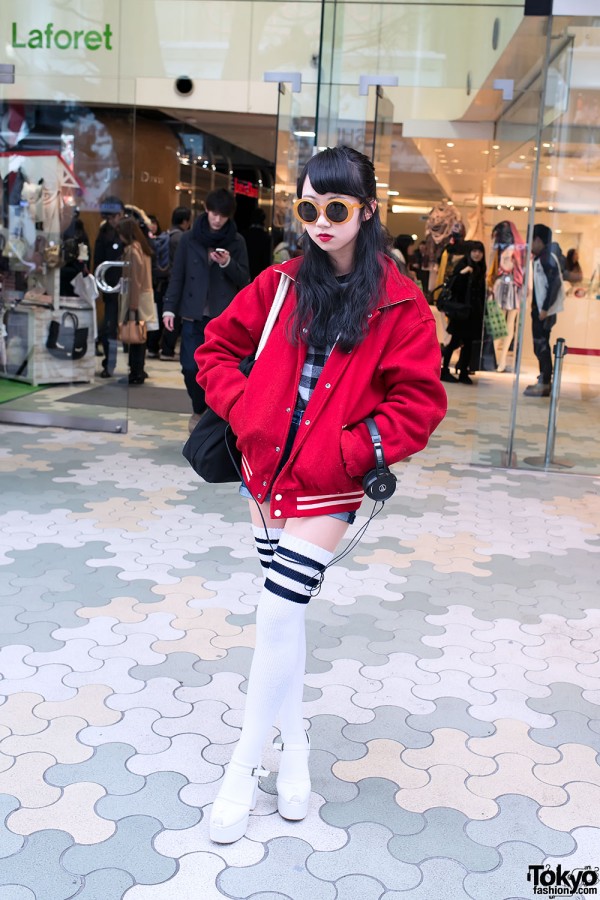
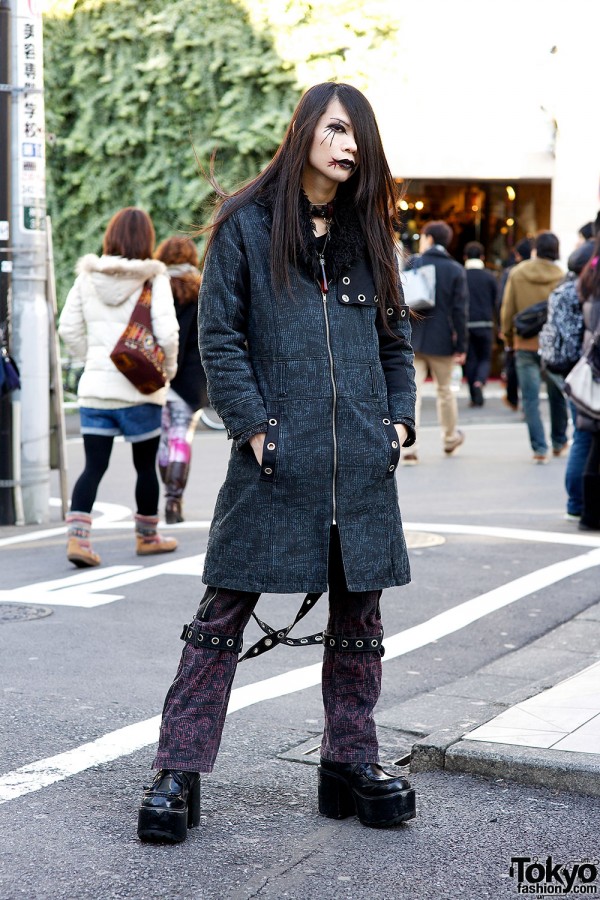
Look at the street width here. Look how the street is dominated by people walking in the middle of the street.

Some small sidewalks here, but the street is still very narrow and dominated by people.
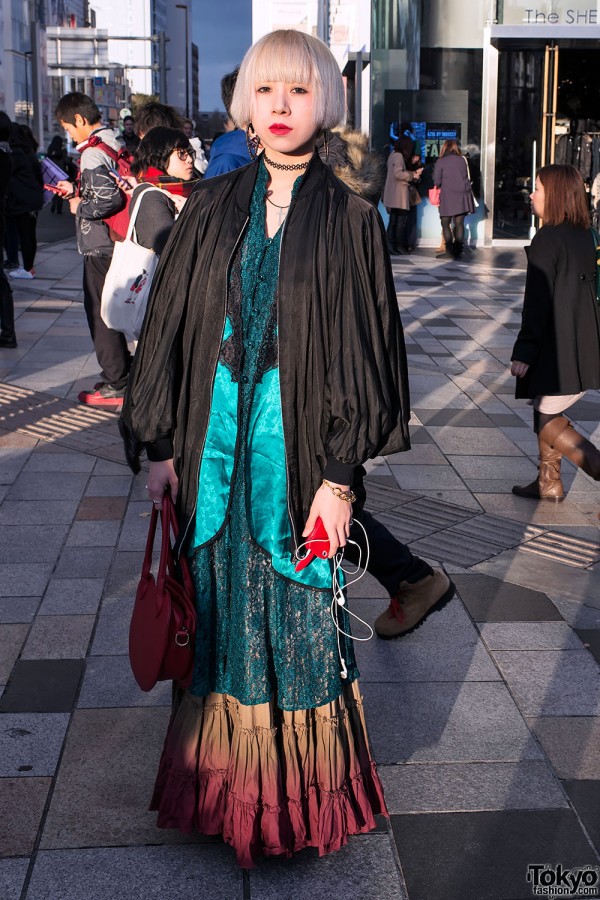

Look at the street width here. No sidewalks.
Even though this is the very center of one of the world’s largest cities — the kind of location that Americans would assume is packed with automobile traffic — it is a Place for people. Where are the cars?
October 10, 2009: Place and Non-Place
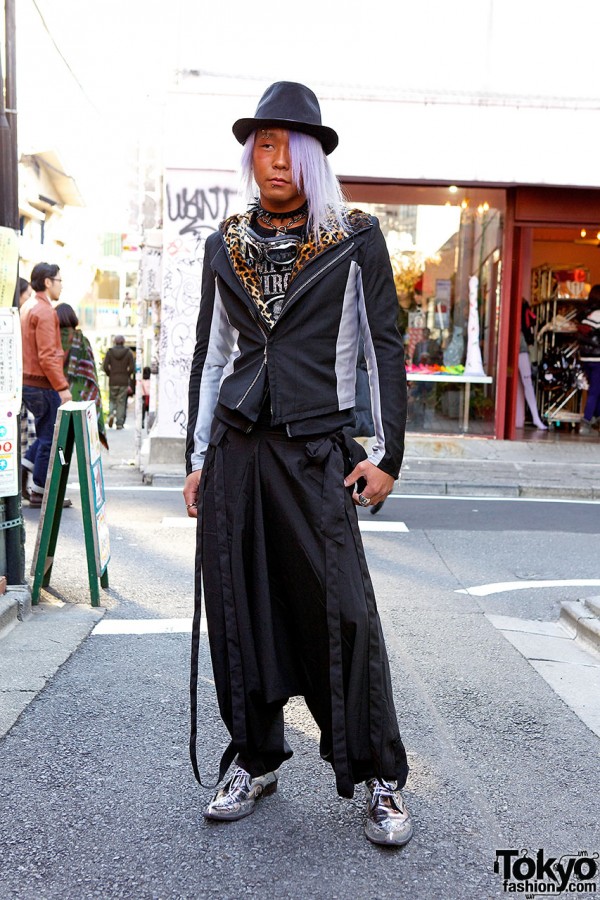
Look at the street width. It is about eight feet. The “curbs” are often not really sidewalks, but rather the property boundaries. The small curb helps with drainage.
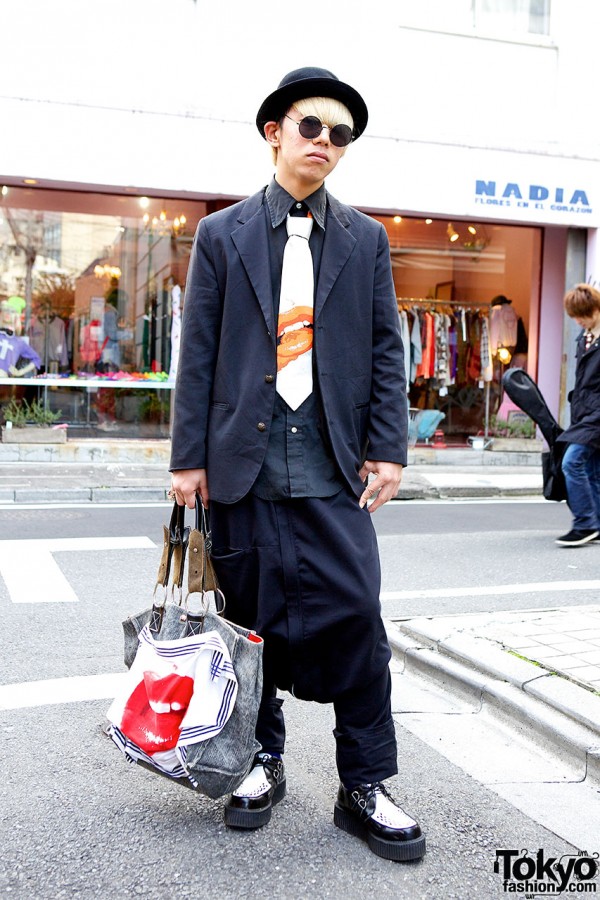
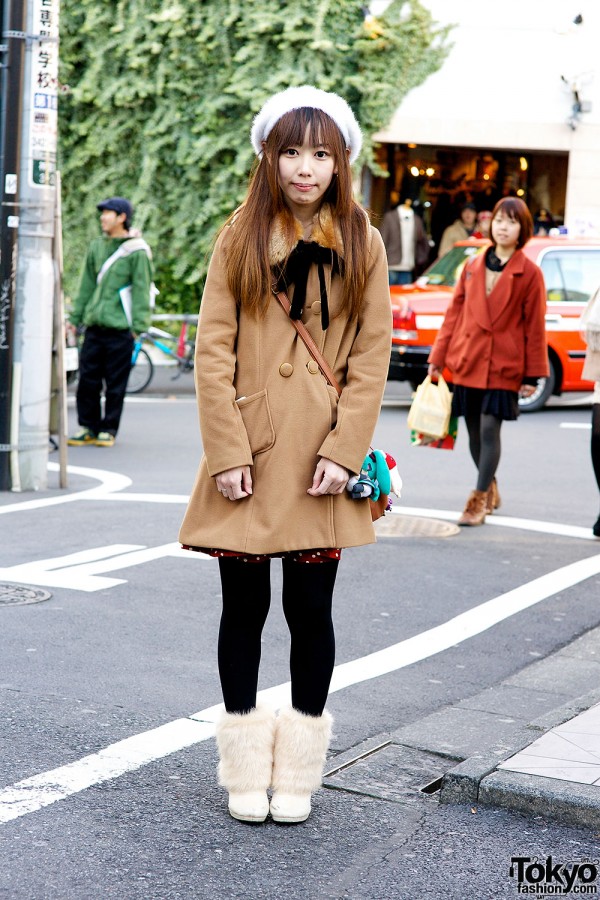
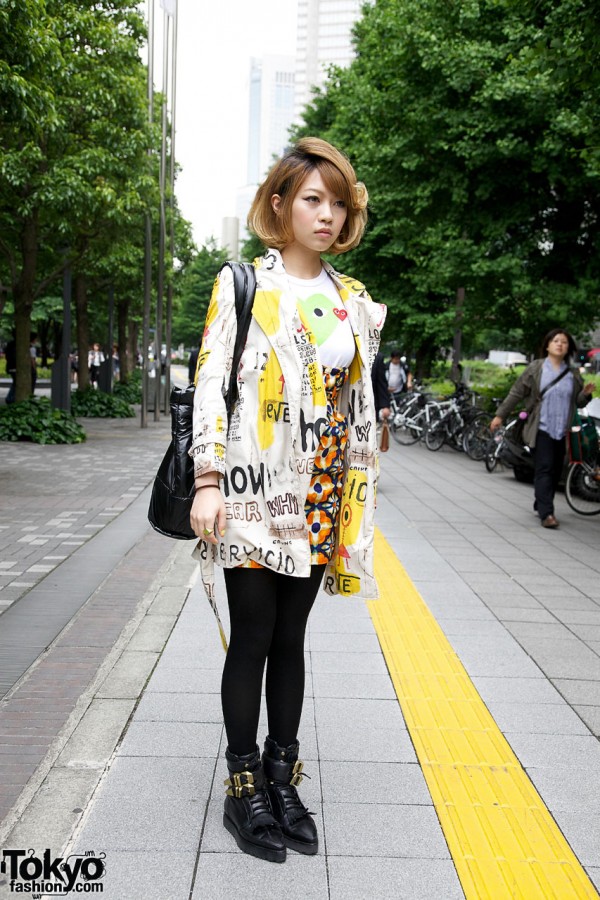
Another Place for people, not cars.

When the street is not very wide, it is easy to pave it with something more interesting than asphalt.
Where are the cars?
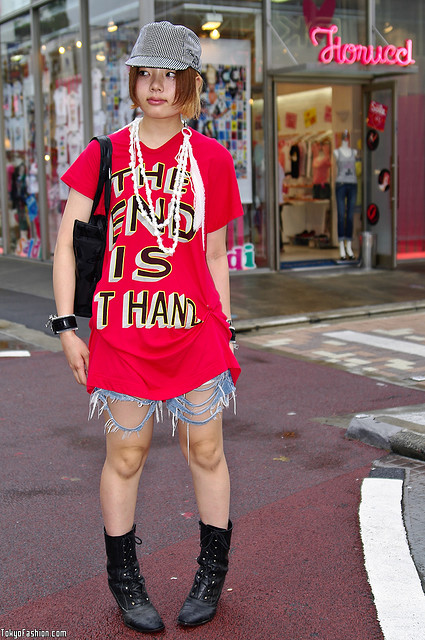
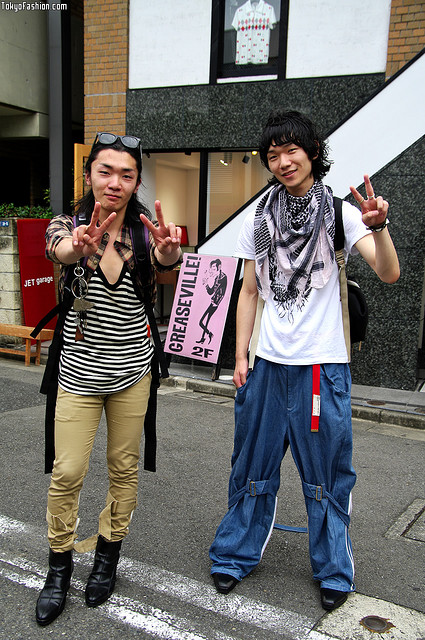
This shows how the curb is actually the edge of the private property, not a sidewalk.

Here, a “shoulder” is delineated by a paint stripe and different paving, but it is at the same level as the central asphalt section. You can drive here, but nobody does.
Look how the buildings are side-by-side and up against the street, with no setback.
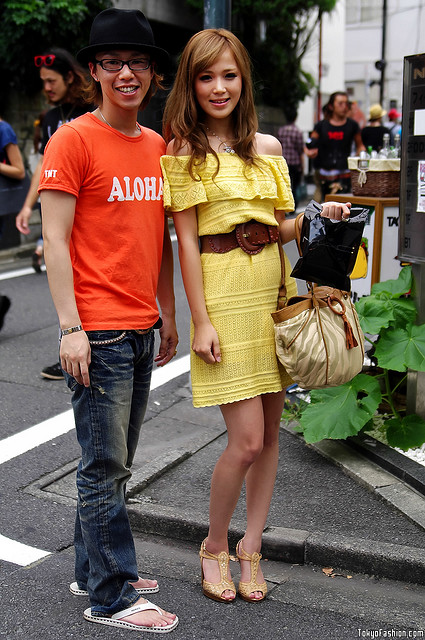
Not all Japanese women dress like comic characters. Babes everywhere. When people eat well and walk 3-5 miles a day, living their no-car lifestyle, they look good!
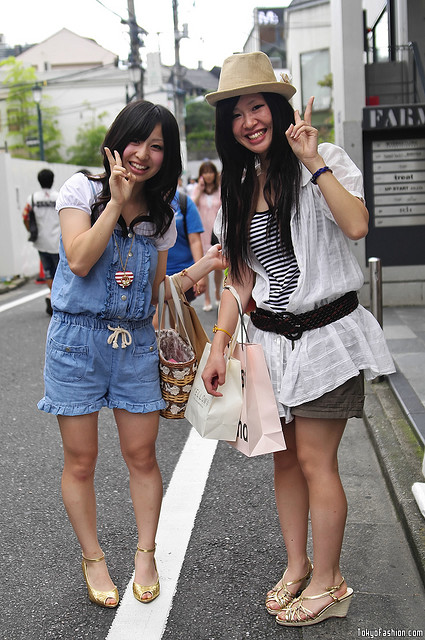
About 15 feet wide. No sidewalk, but there’s a paint stripe shoulder. Buildings up against the street with no setback.
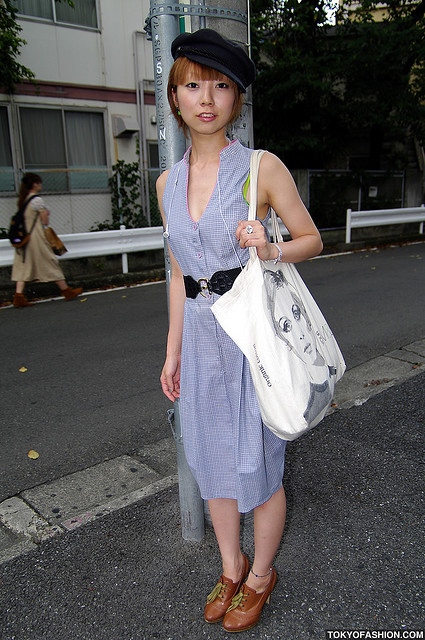
This is more of an “arterial” street, with a sidewalk and a central automobile roadway. Not too much traffic even here, though.
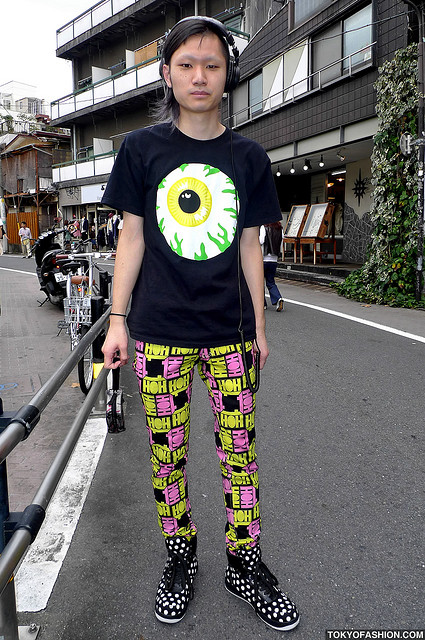
Look how the buildings are up against the street with no setback.
It’s very easy to make environments like this. You just make a lot of Really Narrow Streets. 10-30 feet wide. No sidewalks, flat from side to side. Buildings side by side and up against the street with no setback. If about 80% of all your streets (by length) are like this, it’s fine. Another 17% of streets are “arterial” streets with two to four lanes of dedicated automobile roadway in the middle, and sidewalks on either side. The last 3% of streets are Grand Boulevards, with four to six lanes of roadway and sidewalks.
I hope you got an idea of how superior it is to live in a city without a car, where there are lots of Places for People, in the form of Really Narrow Streets.
If you blow the Really Narrow Streets — by adopting a 19th Century Hypertrophic pattern of very wide streets typically with two to four lanes of auto traffic in the middle, street parking on either side, a green buffer strip, and sidewalks — then you can have some very nice buildings, but the result will be unpleasant. In the U.S., we spent 150 years (1780-1930) building thousands and thousands of cities, towns, villages and neighborhoods on this failed 19th Century Hypertrophic pattern. The result was so unpleasant that everyone fled to the “country” and began to commute by car, resulting in an even worse outcome, Suburban Hell. In Japan, everyone leaves the country to live in places like this!
March 7, 2010: Let’s Take a Trip to Suburban Hell
February 21, 2010: Toledo, Spain or Toledo, Ohio?
January 31, 2010: Let’s Take a Trip to New York 2: The Bad and the Ugly
January 24, 2010: Let’s Take a Trip to New York City
July 26, 2009: Let’s Take a Trip to an American Village 3: How the Suburbs Came to Be
July 19, 2009: Let’s Take a Trip to an American Village 2: Downtown
July 12, 2009: Let’s Take a Trip to an American Village
August 10, 2008: Visions of Future Cities
July 20, 2008: The Traditional City vs. the “Radiant City”
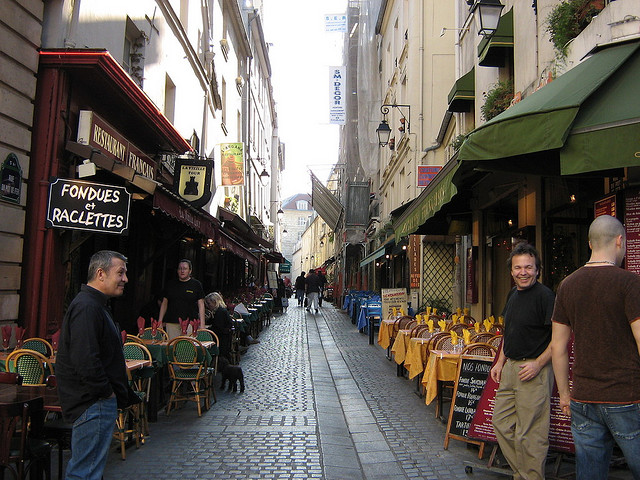
YES
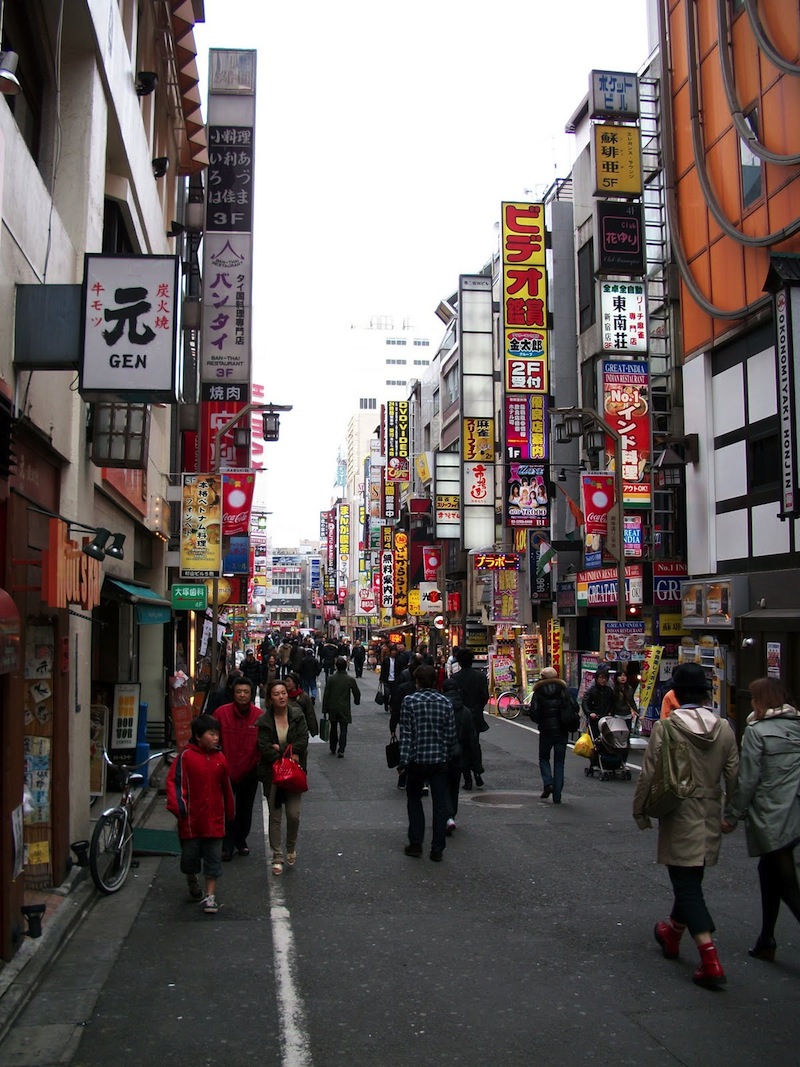
YES
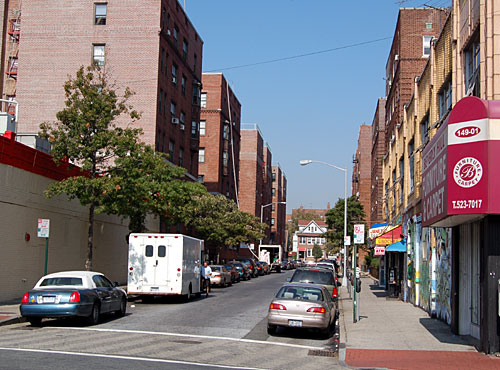
NO
Today, we have become so disgusted with the strip-mall horror of Suburban Hell that people in the U.S. are beginning to migrate back to the city again. However, they are again adopting either the failed 19th Century Hypertrophic pattern, or the even more failed 20th Century Hypertropic pattern. We already did this for decades and centuries, so we know it isn’t going to work. If it didn’t work for a hundred and fifty years, why is it going to work now? It won’t work this time either, even if you call it different names like “transit-oriented development” or “New Urbanism” or whatever. These are just new labels for the same old shit that doesn’t work.
October 3, 2010: Let’s Kick Around the New Urbanists
It’s really easy to do this stuff. Start with the Really Narrow Streets. Everything follows naturally from that. We have thousands and thousands of successful real-life examples of Traditional City environments with Really Narrow Streets, such as the photos shown right here. This is not a fantasy. It is not my “creative new idea.” It is something that works fine, and has worked for hundreds and indeed thousands of years. You can get on a plane and go there, and see that it works.
How about if we do something that works, instead of something (19th Century Hypertrophism and 20th Century Hypertrophism) that doesn’t work. Seems sensible to me. But, people are really dumb. Really really dumb. I suppose I am talking only to that tiny fraction of you who are capable of understanding what I am saying.
Click Here for the Traditional City/Heroic Materialism Archive

